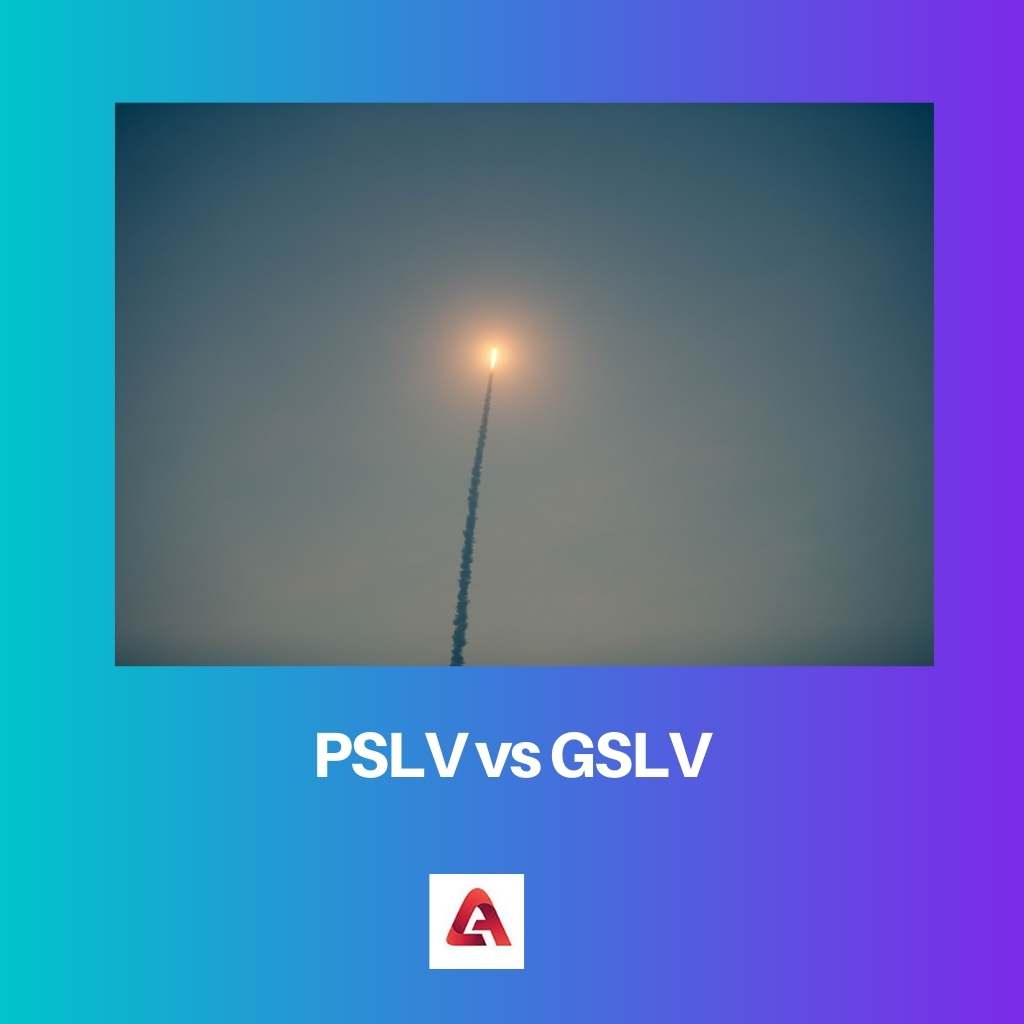Satellites are used for observation of the earth and things related to other countries. The Satellites provide a clear image of the Earth as well as its surroundings.
Some satellites can be traced, but some cannot because of their high-security features. Sometimes these satellites act as a secret source for observing other countries’ operations.
PSLV and GSLV are satellite vehicles launched into space to observe the functions of the Earth and the other planets.
These were developed by ISRO, an Indian space research organization that deals with the functioning of the earth and space-related things.
Key Takeaways
- PSLV (Polar Satellite Launch Vehicle) is used to launch satellites into polar orbits, while GSLV (Geosynchronous Satellite Launch Vehicle) is used to launch satellites into geostationary orbits.
- PSLV is a lighter rocket that can carry payloads of up to 1,750 kg, while GSLV is a heavier rocket with payloads of up to 2,500 kg.
- PSLV is more reliable and cost-effective, while GSLV is used for more advanced missions requiring heavier payloads and higher accuracy.
PSLV vs GSLV
The difference between PSLV and GSLV is that PSLV stands for “polar satellite launch vehicle”, purposely designed to transfer information related to Earth or other satellites. Whereas GSLV stands for “geosynchronous satellite launch vehicle” and is mainly used for launching satellites that are for communications purposes.

PSLV is a satellite vehicle that is used to launch other satellites and for space research purposes. It is an expendable launch vehicle which means that its components get separated during its launching and get destroyed in space.
It is a one-time vehicle that gets destroyed after its use.
GSLV is also a satellite vehicle constructed by ISRO for delivering space-related communications satellites. It is also an expandable vehicle and a one-time usable satellite vehicle.
The space objects launched with this launcher’s help are sent to the geosynchronous transfer orbit.
Comparison Table
| Parameters of Comparison | PSLV | GSLV |
|---|---|---|
| Definition | PSLV is a satellite launcher that launches satellites to sun-synchronous polar orbit directly. | GSLV is also a satellite launcher that launches satellites to highly eccentric synchronous orbits. |
| Height and Diameter | The height of this satellite is forty-four meters and, the diameter is two hundred and eighty centimeters. | The height of this satellite is 49.13 meters and, the diameter is two hundred and eighty centimeters. |
| First Flight | The first take-off of this satellite launcher was on September 20, 1993. | The first take-off of this satellite launcher was on April 18, 2001. |
| Satellite movement | The satellites launched by this launcher is orbit from one end to another end. | The satellites launched by this launcher appear to remain fixed. |
| Orbit name | The satellites are sent to sun-synchronous polar orbit directly. | The satellites are launched to synchronous or geosynchronous transfer orbit. |
| Stages | PSLV is a four-stage launch vehicle that has a lift-off mass of 320 Tonnes. | GSLV is a three-staged vehicle that has a lift-off mass of 414.75 Tonnes. |
| Satellite delivery | PSLV delivers satellites for “earth observation” or “remote sensing satellites” to space. | GSLV delivers communication satellites into space. |
What is PSLV?
PSLV is developed by ISRO, which launches medium-lift objects into space. The main motive behind making this launcher was to launch Indian remote-sensing satellites into space.
It launches the satellites to Heliosynchronous orbit, a polar orbit around a planet that helps satellites to revolve.
It is India’s first remote-sensing satellite launcher. Previously this facility was provided by Russia for Indian satellites. Till now, this launcher has launched three hundred and twenty satellites from around twenty different countries.
It can also be used to send small or average size satellites to geosynchronous orbit.
The propellant used to launch satellites in PSLV is hydroxyl-terminated polybutadiene-bound, and it develops a thrust of about 4,800 kN. And the burning time is seventy seconds for specific satellites.

What is GSLV?
GSLV is also a medium-lift satellite launcher developed by the Indian space research organization. It has a maximum of three stages during satellite launching.
Geosynchronous Satellite Launch Vehicle uses solid hydroxyl-terminated polybutadiene-bound propellant for launching satellites.
The first launch of this launcher talked place at Satish Dhawan space centre. Fourteen launches have been done using this launcher until now, and all the launches have occurred from the same space station.
This launcher contains devices that monitor the performance, track the vehicle, etc.
The project of the making of GSLV started in 1990, and the motive was to increase the capability of launching geosynchronous satellites or communication satellites.

Main Differences Between PSLV and GSLV
- PSLV is a satellite launcher that directly launches communication satellites to sun-synchronous polar orbit. On the other hand, GSLV is a satellite launcher that launches satellites to highly eccentric synchronous orbit.
- The height of the GSLV satellite launcher is 49.13 meters, and the diameter is two hundred and eighty centimetres. While the height of the PSLV satellite launcher is 49.13 meters, and the diameter is two hundred and eighty centimetres.
- GSLV is used to launch satellites that appear to remain fixed in their specific orbit. In contrast, PSLV is used to launch satellites that orbit the Earth from one end to another end.
- GSLV is a three-staged vehicle that has a lift-off mass of 414.75 Tonnes. In contrast, PSLV is a four-stage launch vehicle that has a lift-off mass of 320 Tonnes.
- The height of the PSLV satellite launcher is forty-four meters, and the diameter is two hundred and eighty centimetres. Whereas the height of the GSLV satellite launcher is 49.13 meters, and the diameter is two hundred and eighty centimetres.



